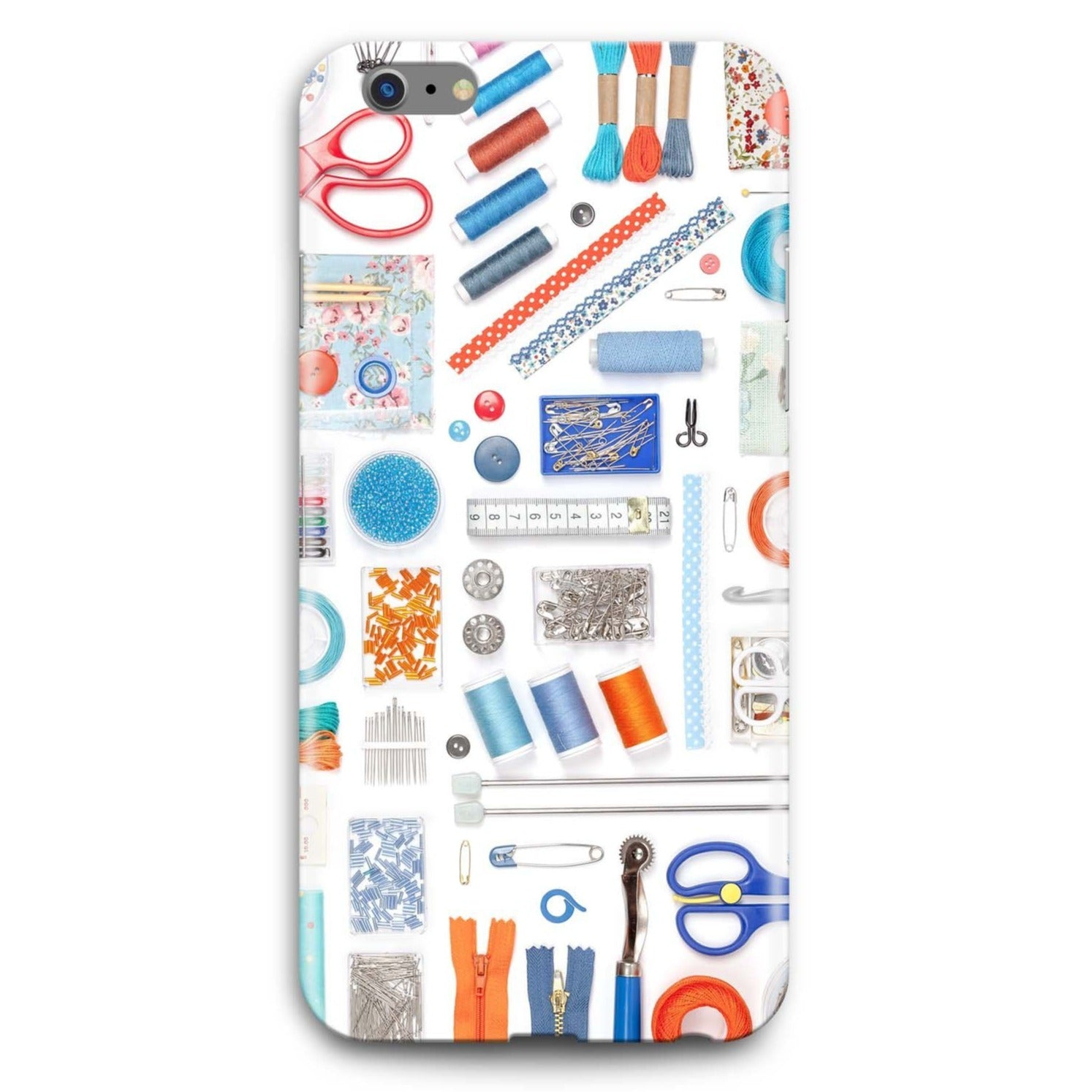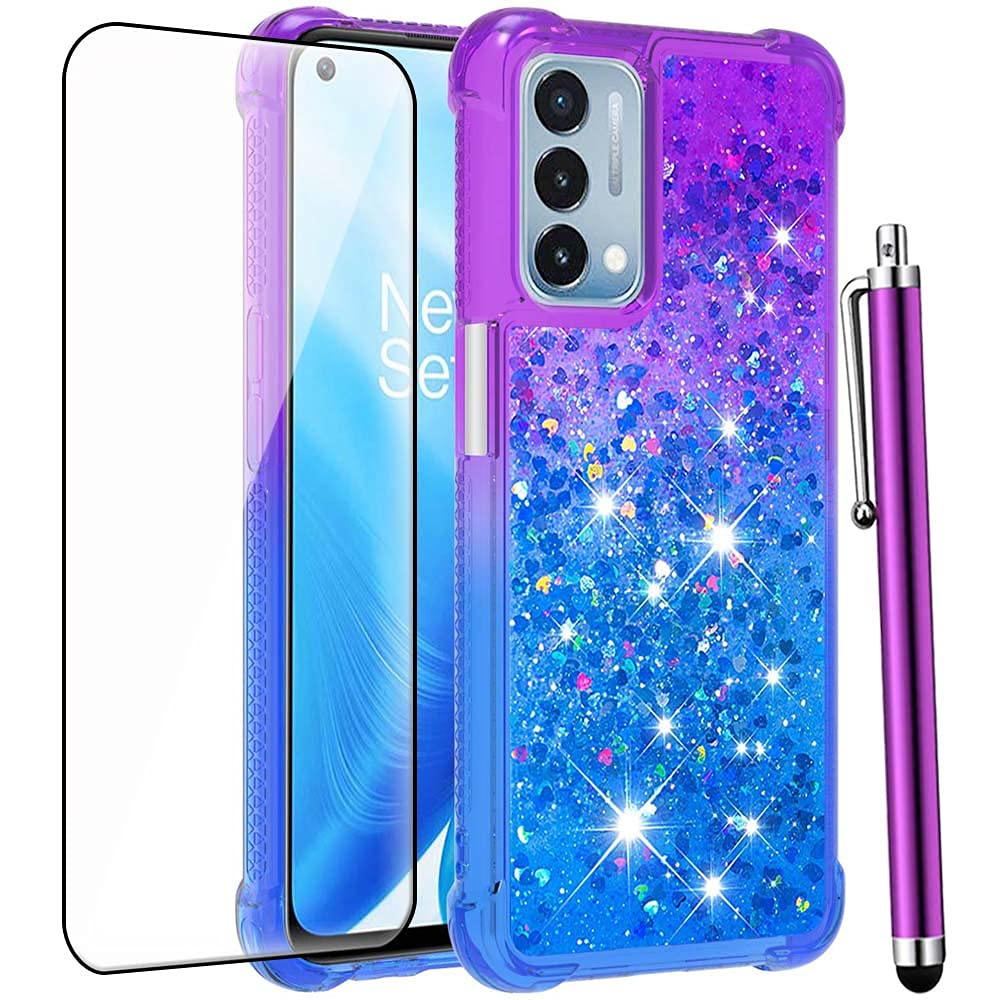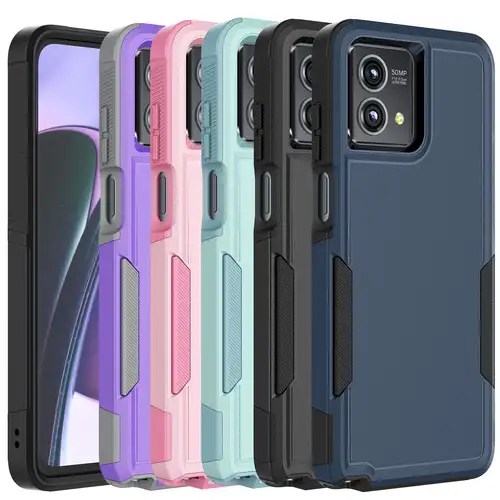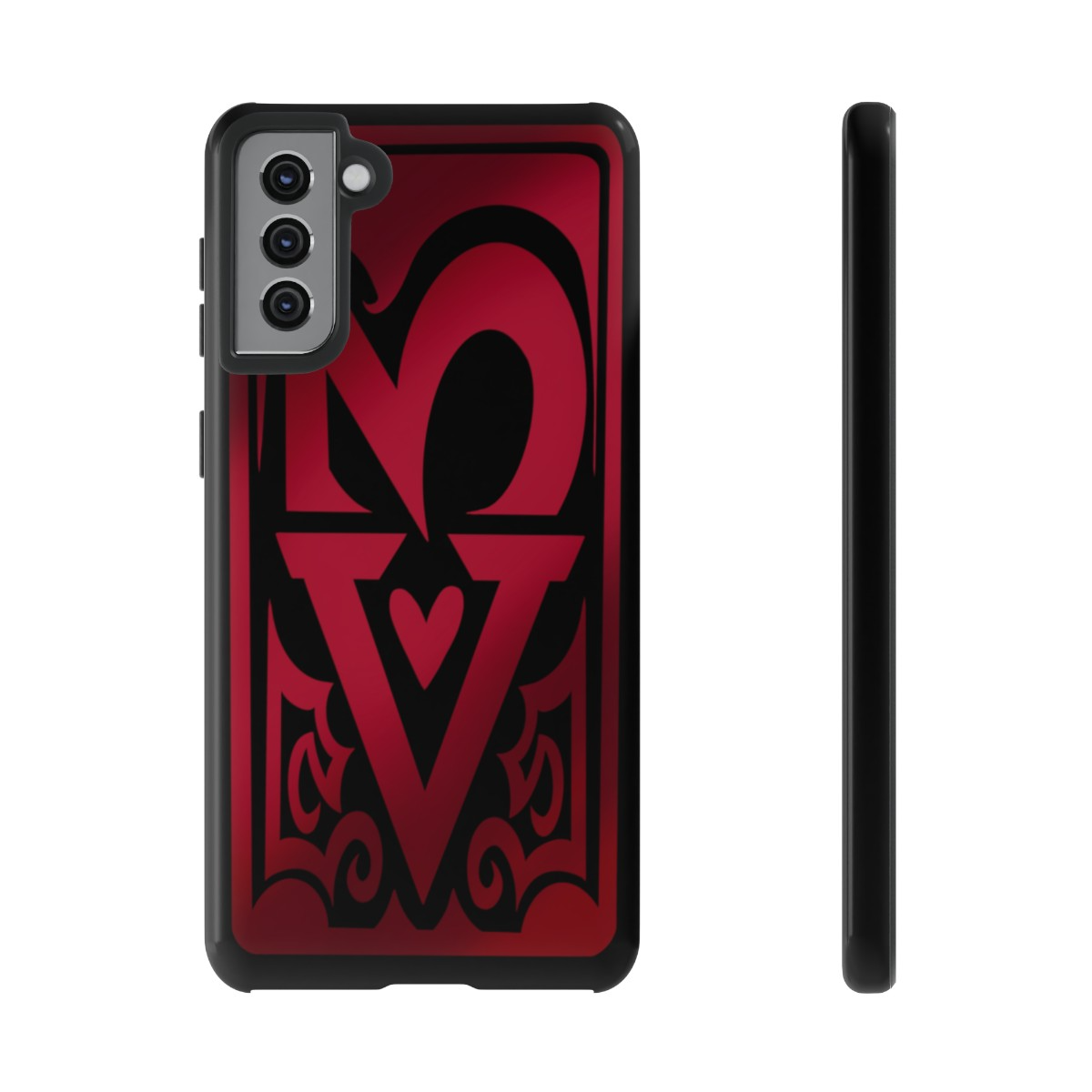In the realm of smartphones, Android devices hold a significant market share, offering users a diverse array of choices in terms of brands, models, and features. As these valuable gadgets become increasingly integral to our daily lives, protecting them with a well-designed phone case is crucial. This comprehensive guide delves into the world of Android phone cases, exploring their importance, types, materials, design elements, and factors to consider when making your selection.
The Importance of Using an Android Phone Case
Protecting Your Investment
An Android phone is a substantial investment, both financially and in terms of the data and functionalities it provides. A phone case serves as the first line of defense against accidental drops, bumps, scratches, and exposure to environmental hazards. By absorbing and dispersing impact forces, a sturdy case can prevent costly damage to your device’s screen, camera lens, and internal components, potentially saving you from expensive repairs or premature replacement.
Maintaining Resale Value
A well-protected Android phone retains its aesthetic appeal and functionality over time, translating to a higher resale value when you decide to upgrade. A case shields your device from cosmetic blemishes, ensuring it looks nearly new even after prolonged use. This not only enhances your personal user experience but also makes your device more attractive to potential buyers should you choose to sell it.
Compliance with Warranty Terms
Many manufacturers’ warranties exclude coverage for damage resulting from accidents, such as drops or liquid exposure. Using a high-quality phone case can help you adhere to warranty conditions by minimizing the risk of such incidents, thus preserving your entitlement to manufacturer support should any non-user-induced issues arise.
Types of Android Phone Cases
Slim Cases
Slim cases offer a minimalist approach to protection, providing basic coverage without adding excessive bulk. They typically consist of a thin layer of shock-absorbent material, such as TPU (thermoplastic polyurethane), that wraps around the edges and back of your device. Slim cases excel at safeguarding against minor bumps and scratches while maintaining a sleek profile and easy grip. They often feature precise cutouts for ports, buttons, and the camera, ensuring unhindered access to your phone’s features.
Rugged Cases
Rugged cases are designed for users who demand maximum protection for their Android devices. These cases typically combine multiple layers of durable materials, such as polycarbonate, TPU, and sometimes even reinforced corners or raised bezels. Rugged cases provide robust shock absorption, drop resistance, and often include additional features like dustproof or waterproof capabilities. While they may add considerable bulk to your phone, they offer unparalleled peace of mind for those with active lifestyles or working in demanding environments.
Wallet Cases
Wallet cases combine phone protection with practicality by incorporating slots or compartments for storing credit cards, ID, and cash. Generally made of leather or synthetic materials, these cases typically feature a folio-style design that flips open to reveal the phone screen and closes to secure it. Some wallet cases also double as stands, allowing hands-free viewing of videos or video calls. Although they may be slightly bulkier than standard cases, wallet cases streamline your everyday carry by eliminating the need for a separate wallet.
Materials Used in Android Phone Cases
Thermoplastic Polyurethane (TPU)
TPU is a popular choice for phone case construction due to its excellent shock absorption, flexibility, and resistance to abrasions. It is lightweight, easy to grip, and can be molded into various designs and colors. TPU cases often have a soft, rubbery feel, which helps prevent slips and absorbs impacts effectively.
Polycarbonate (PC)
Polycarbonate is a hard, rigid plastic known for its strength, durability, and scratch resistance. It is commonly used in hybrid cases, where it forms the outer shell, providing structural integrity and protection against blunt force impacts. PC cases are generally thinner and lighter than their TPU counterparts but may lack the same level of shock absorption.
Leather and Synthetic Leather
Leather and synthetic leather materials exude elegance and sophistication, making them ideal for wallet cases and other premium designs. Genuine leather develops a unique patina over time, enhancing its character, while synthetic leather offers a more affordable alternative with similar aesthetics. Both options provide decent protection against scratches and minor bumps, though they may not offer the same level of shock absorption as TPU or PC cases.
Design Elements to Consider
Compatibility and Fit
Ensure that the phone case you choose is specifically designed for your Android model, as a proper fit is crucial for optimal protection. Cases that are too loose may not adequately shield your device during impacts, while those that are too tight could hinder button responsiveness or interfere with wireless charging.
Grip and Ergonomics
A case with a good grip minimizes the risk of accidental drops. Look for cases with textured surfaces, ridges, or patterns that enhance traction in your hand. Additionally, consider the ergonomics of the case, especially if you plan to use your phone for extended periods. Cases with curved edges or ergonomic contours can improve comfort during long gaming or browsing sessions.
Accessibility and Functionality
Check that the case allows unobstructed access to all ports, buttons, and the camera. Cases with raised bezels or lips around the screen and camera can further protect these vulnerable areas when placed face down. If you frequently use accessories like headphones or charging cables, ensure that the case’s design accommodates them without requiring you to remove the case.
Aesthetics and Personalization
Phone cases serve as an extension of your personal style, so choose one that reflects your taste. Many cases come in a variety of colors, patterns, and finishes, ranging from understated monochromes to vibrant prints and metallic effects. Customizable cases allow you to upload your own images or designs, creating a truly unique accessory. Remember that while style is important, it should not compromise the case’s primary function – protecting your Android phone.
Factors to Consider When Choosing an Android Phone Case
Lifestyle and Usage Patterns
Your lifestyle and how you use your phone will greatly influence the type of case you need. If you lead an active lifestyle or work in a rugged environment, a rugged case with enhanced drop protection and water resistance might be best. Conversely, if you prioritize portability and minimalism, a slim case might suffice. For those seeking convenience, a wallet case can consolidate your essentials in one place.
Budget
Phone cases are available at various price points, ranging from budget-friendly options to high-end designer models. Determine how much you are willing to spend on a case and consider the value it offers in terms of protection, durability, and features. Keep in mind that investing in a quality case can save you money in the long run by prolonging your phone’s lifespan and maintaining its resale value.
Environmental Impact
If sustainability is a concern, look for phone cases made from eco-friendly materials or those produced by companies committed to reducing their environmental footprint. Biodegradable cases, those made from recycled plastics, or cases with replaceable components can help minimize waste and reduce your ecological impact.
Conclusion
In conclusion, selecting the right Android phone cases involves considering your protection needs, personal style, usage patterns, budget, and environmental concerns. By understanding the different types, materials, and design elements available, you can make an informed decision that ensures your cherished device remains safe, functional, and stylish throughout its lifespan.





